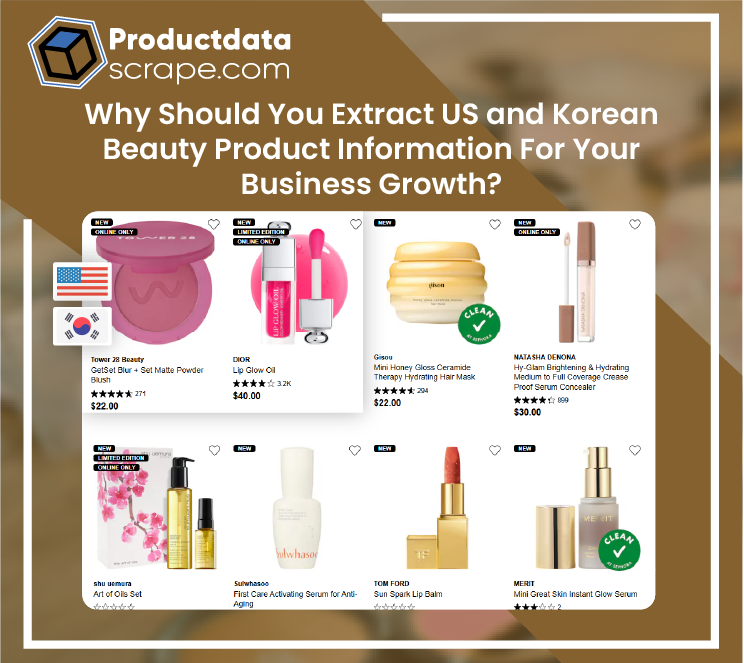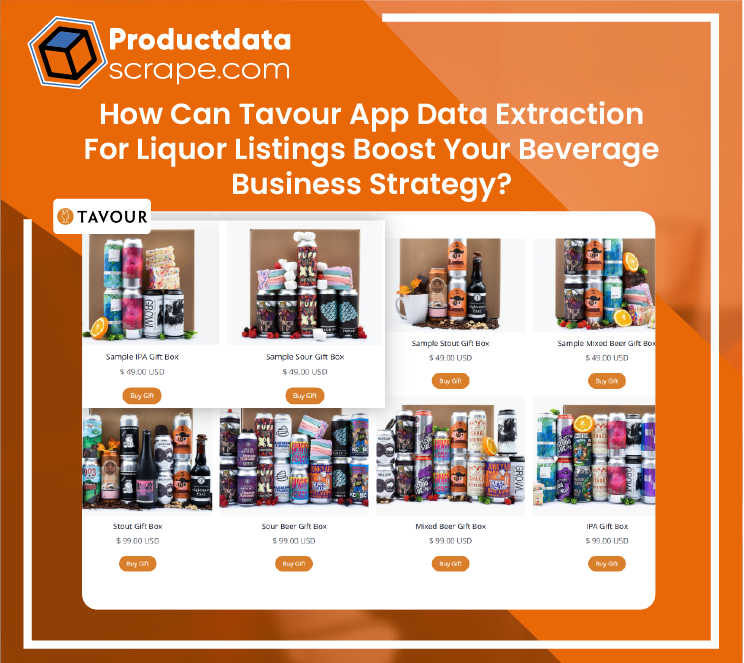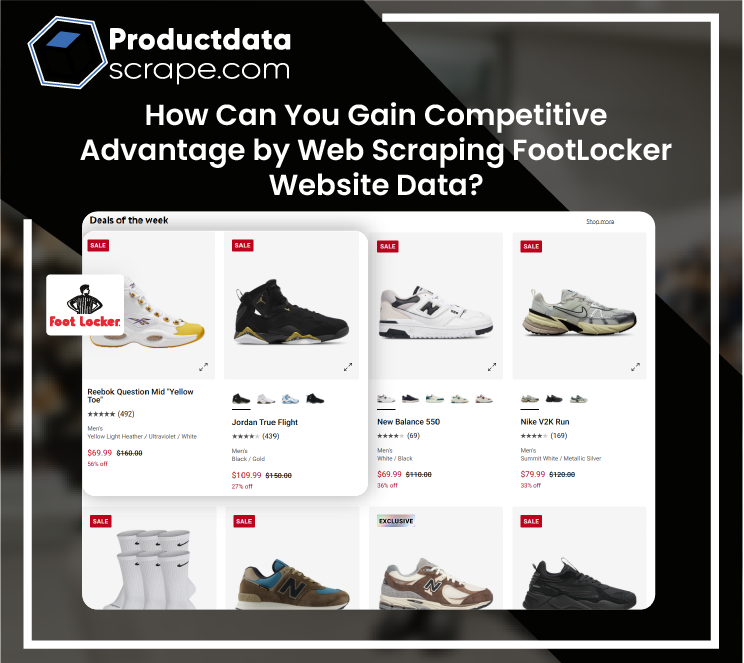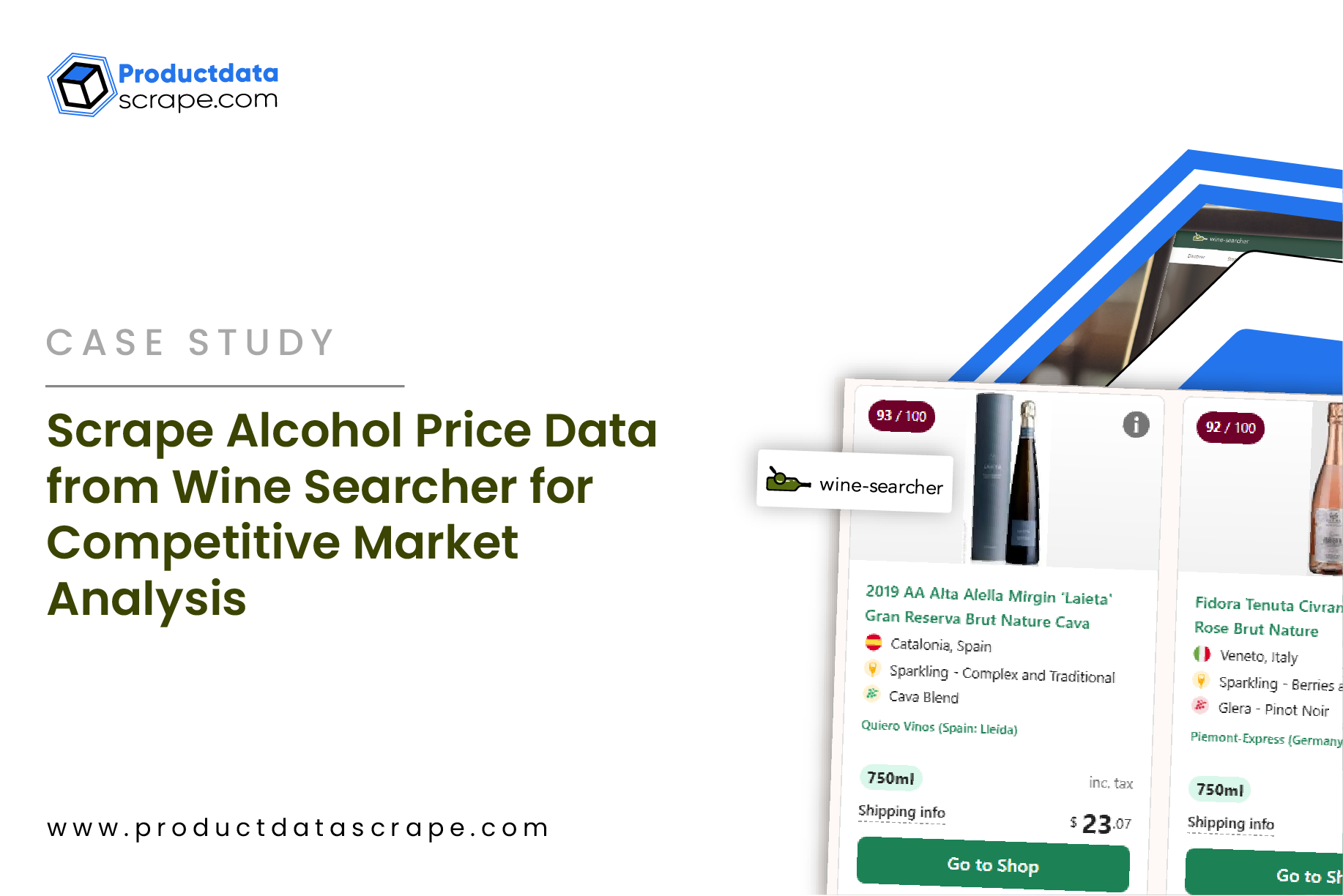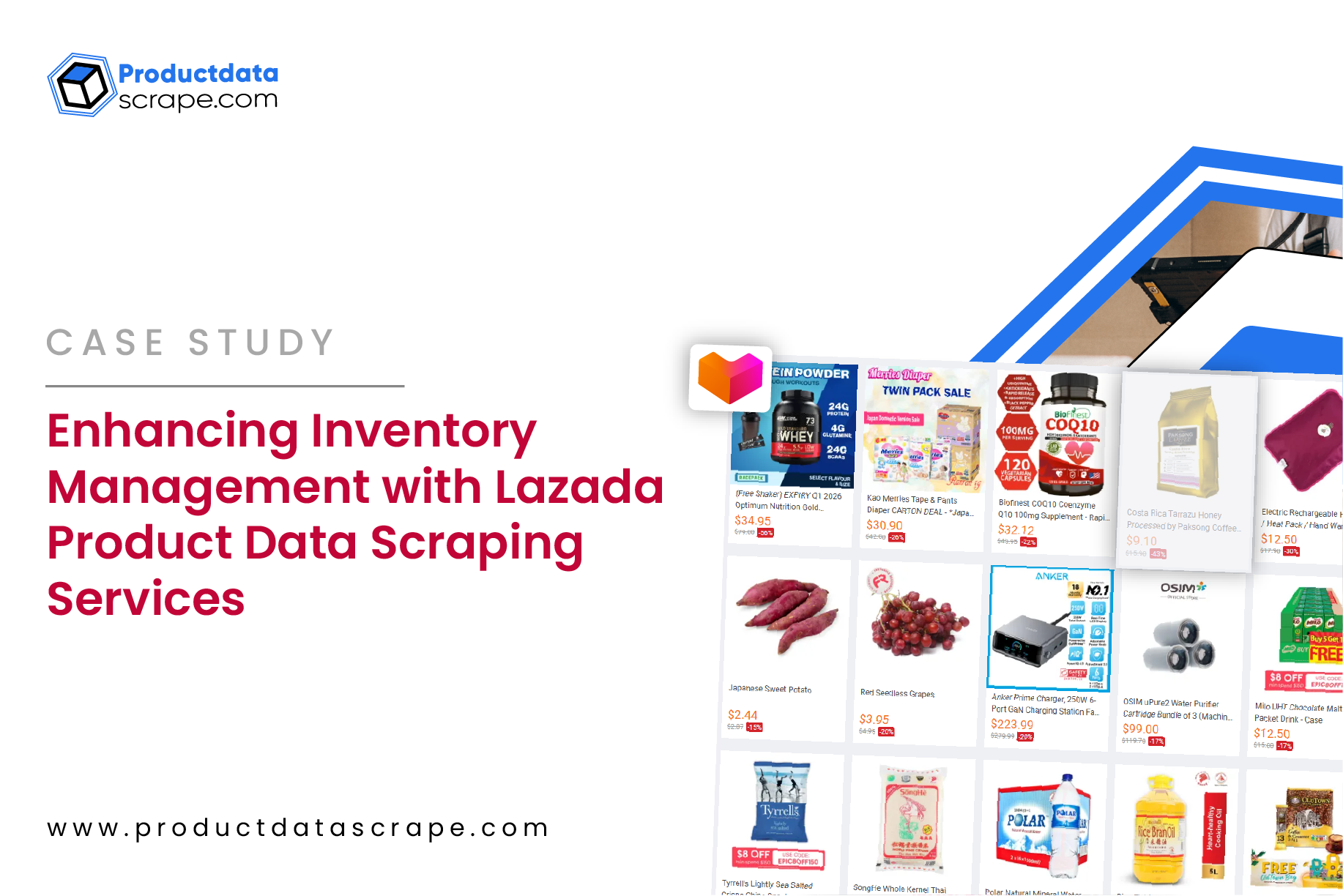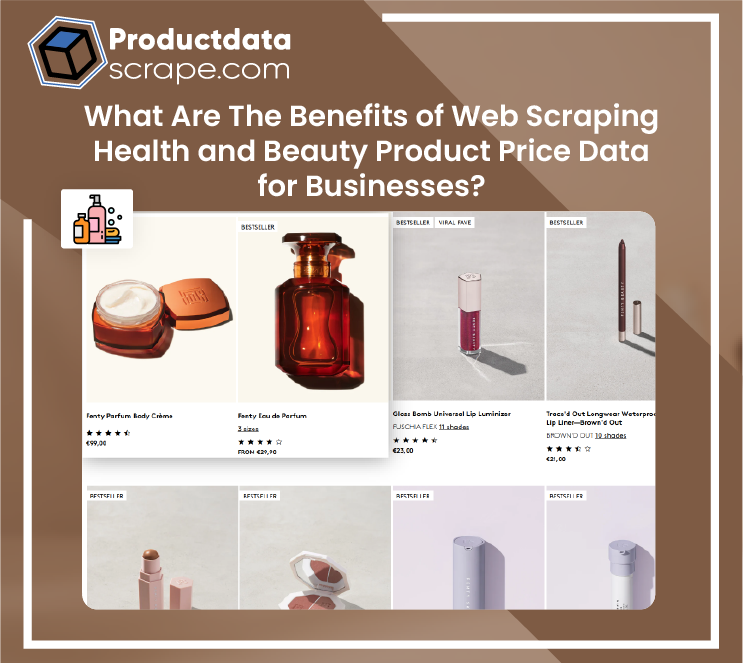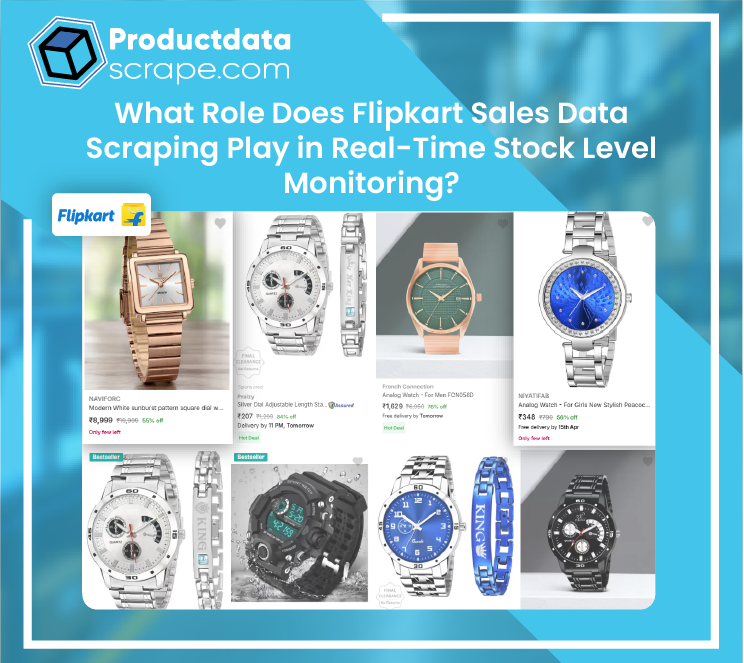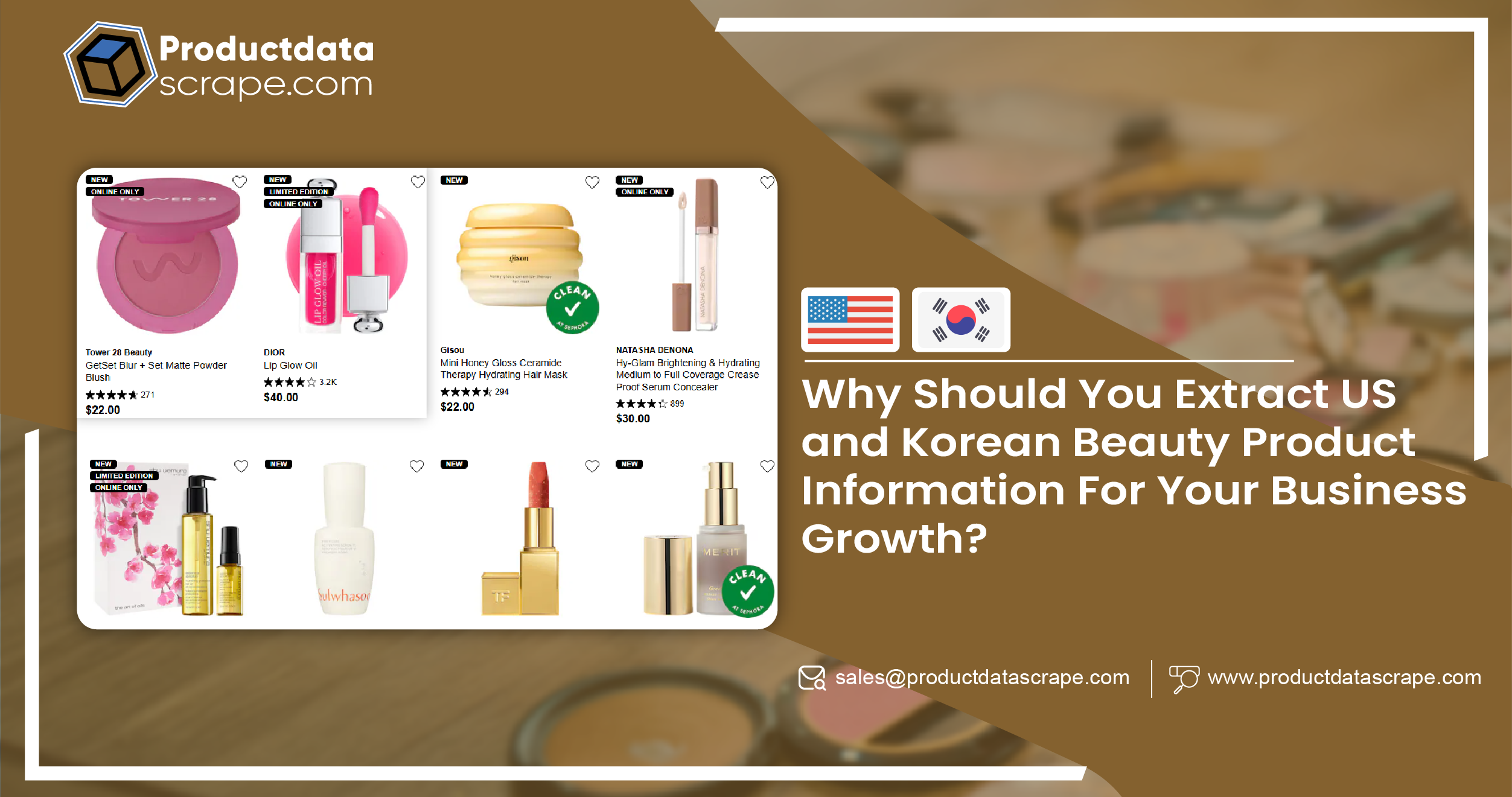
Introduction
Data is at the heart of innovation, personalization, and informed decision-
making in today's dynamic beauty industry. With consumers demanding
customized skincare and cosmetic products, brands must stay competitive
by tapping into accurate and extensive datasets. One of the most valuable
strategies is to Extract US and Korean Beauty Product Information, as
these regions represent innovation, diversity, and consumer influence in the
global beauty landscape. High-end cosmetics and inclusive branding drive
the U.S. market, while Korea leads in skincare science, K-beauty trends,
and ingredient innovation. Through Web Scraping US and Korean
Beauty Products Data, companies gain access to critical information like
product ingredients, reviews, pricing, and brand popularity. Leveraging US
& Korean Skincare Brand Data Scraping allows beauty retailers,
developers, and analysts to track trends, monitor competitors, and launch
tailored offerings that resonate with consumers. Data-driven intelligence
ensures agility and foresight in this fast-paced and trend-sensitive industry.
The Global Influence of US and Korean Beauty Markets
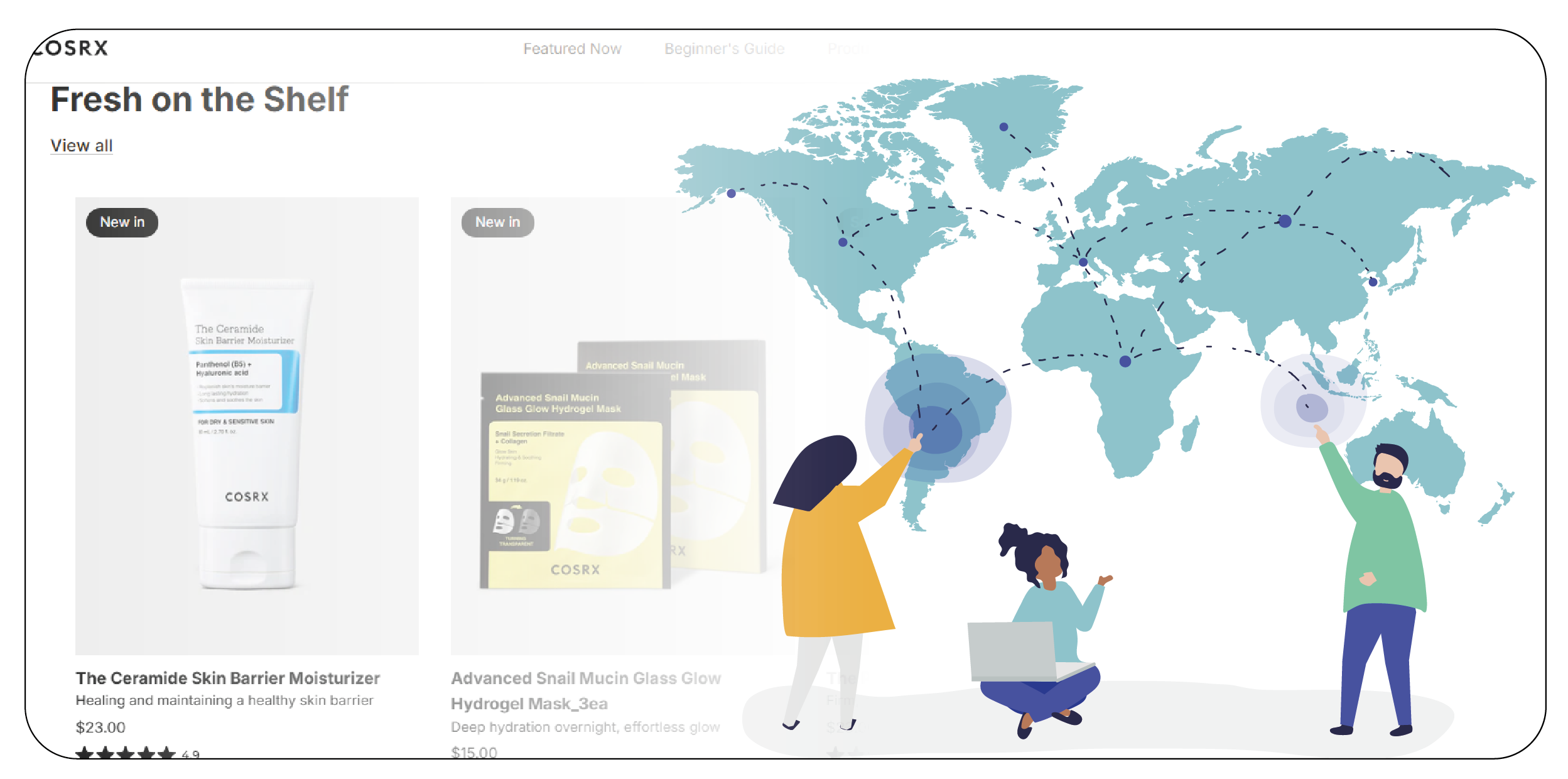
The US and South Korea are at the forefront of the beauty industry, but
each thrives on distinct philosophies and product development strategies.
The US market, known for its luxury cosmetics, dermatologically-backed
skincare, and trendsetting makeup lines, holds a strong foothold in global
beauty innovation. Conversely, South Korea has reshaped skincare with its
science-driven, multi-step routines, affordable yet effective formulas, and
early adoption of clean beauty trends. Scrape Makeup and Skincare
Product Data to reveal valuable insights into evolving consumer
preferences and ingredient innovations.
Extract Product Details from Skincare & Makeup Websites to offer a
unique blend of luxury innovation and scientific skincare insight, helping
companies benchmark products, identify market gaps, and personalize
offerings for diverse consumer segments. With the ability to Scrape
Korean and US Beauty Brand Data, businesses can stay competitive and
agile in responding to emerging trends and demands across global beauty
landscapes.
Types of Beauty Product Data Worth Extracting

When extracting data, the focus should go beyond basic product listings.
Rich, multidimensional datasets reveal deeper consumer insights and
product performance indicators. The following types of data are most
valuable:
- Product Names and Categories (serums, cleansers, toners,
moisturizers, makeup items)
- Brand and Manufacturer Details
- Ingredient Lists and Formulation Descriptions
- Packaging Sizes and SKUs
- User Ratings and Reviews
- Product Pricing Across Platforms
- Certifications (cruelty-free, vegan, organic)
- Skin Concerns Targeted (acne, anti-aging, pigmentation)
- Usage Instructions and Product Claims
- Before-and-After Consumer Images
- Retail Availability (Amazon, Ulta, Sephora, Olive Young, YesStyle,
etc.)
By aggregating this data across platforms and brands, companies can
create competitive intelligence dashboards and product benchmarking tools
that drive product development and digital marketing campaigns.
Why Extracting Korean Beauty Product Data is Crucial?
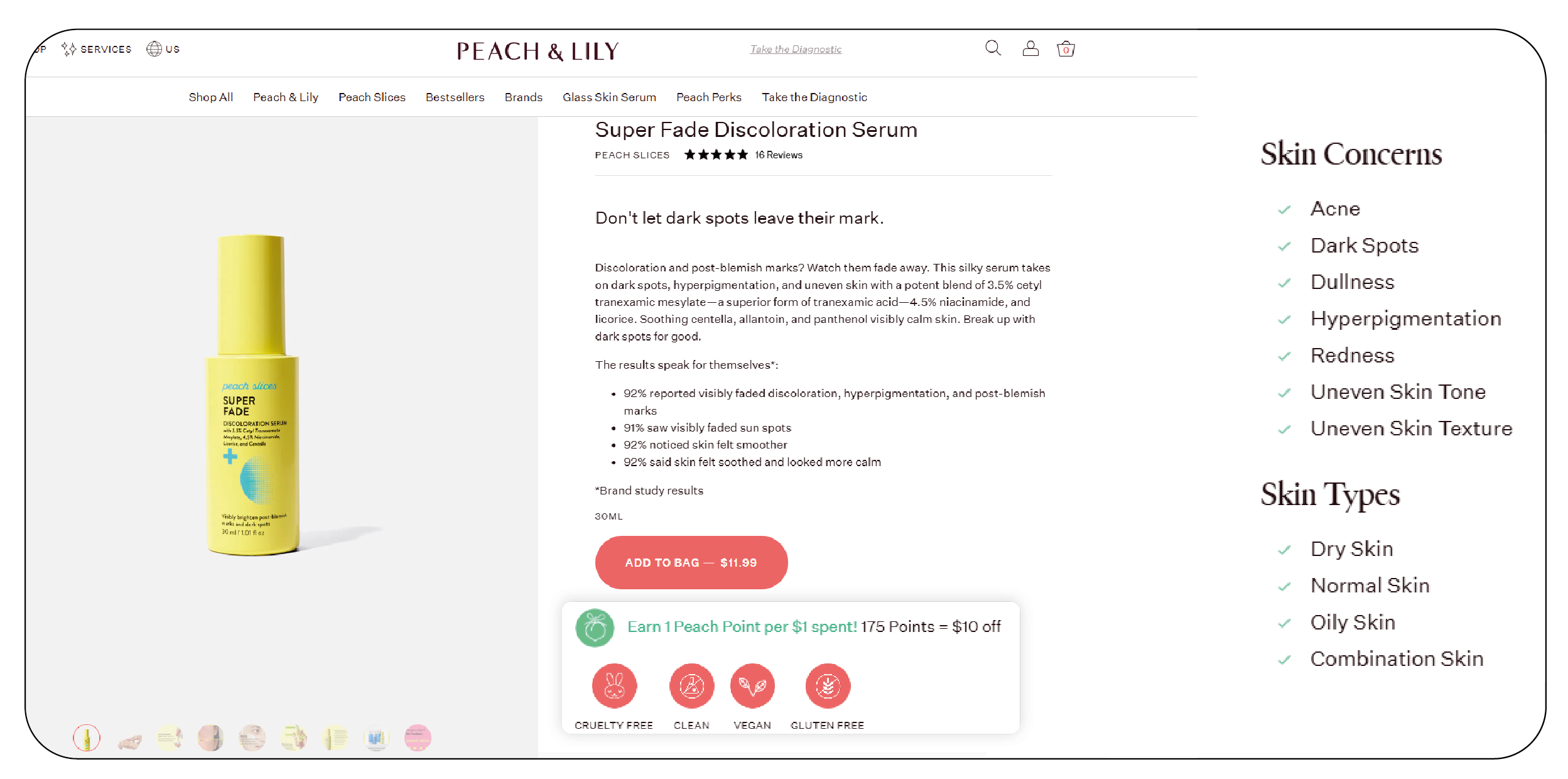
South Korea's beauty industry is often regarded as the birthplace of
global skincare trends. The country is credited with innovations such as
BB creams, cushion compacts, and snail mucin-based skincare. The rise of
K-beauty in global markets has led to surging demand for these products
across North America, Europe, and Southeast Asia.
Extracting K-beauty product data enables access to fast-moving trends
often adopted globally within months. It allows brands to:
- Identify emerging ingredients like Centella Asiatica, Mugwort, or
Propolis
- Discover rising Korean indie beauty brands
- Track in-demand product formats such as essences, ampoules, and
sleeping masks
- Analyze how Korean consumer preferences are shaping product
innovation
- Understand regulatory and cultural drivers behind Korean beauty
trends
For businesses looking to ride the K-beauty wave or localize their products
for Asian markets, real-time data from Korean e-commerce sites and beauty
forums is invaluable.
The Power of Extracting US Beauty Product Data

The United States is one of the most lucrative and mature global beauty
markets. It is home to industry giants like Estée Lauder, L’Oréal USA, and
Coty Inc., fast-growing indie brands and influencer-driven lines like Fenty
Beauty and Rare Beauty.
Extracting beauty product data from the US market allows stakeholders to:
- Understand competitive pricing models
- Evaluate product reception through customer reviews
- Track seasonal promotions and discount patterns
- Identify the most reviewed and top-rated items in each category
- Benchmark against FDA labeling requirements and ingredient
disclosures
- Analyze cross-platform brand visibility across Amazon, Ulta,
Sephora, and Target
With growing consumer demand for inclusive shades, clean formulations,
and ethically sourced products, US product data offers insights for beauty
retailers, R&D labs, and marketing teams.
Benefits of Cross-Market Product Data Analysis
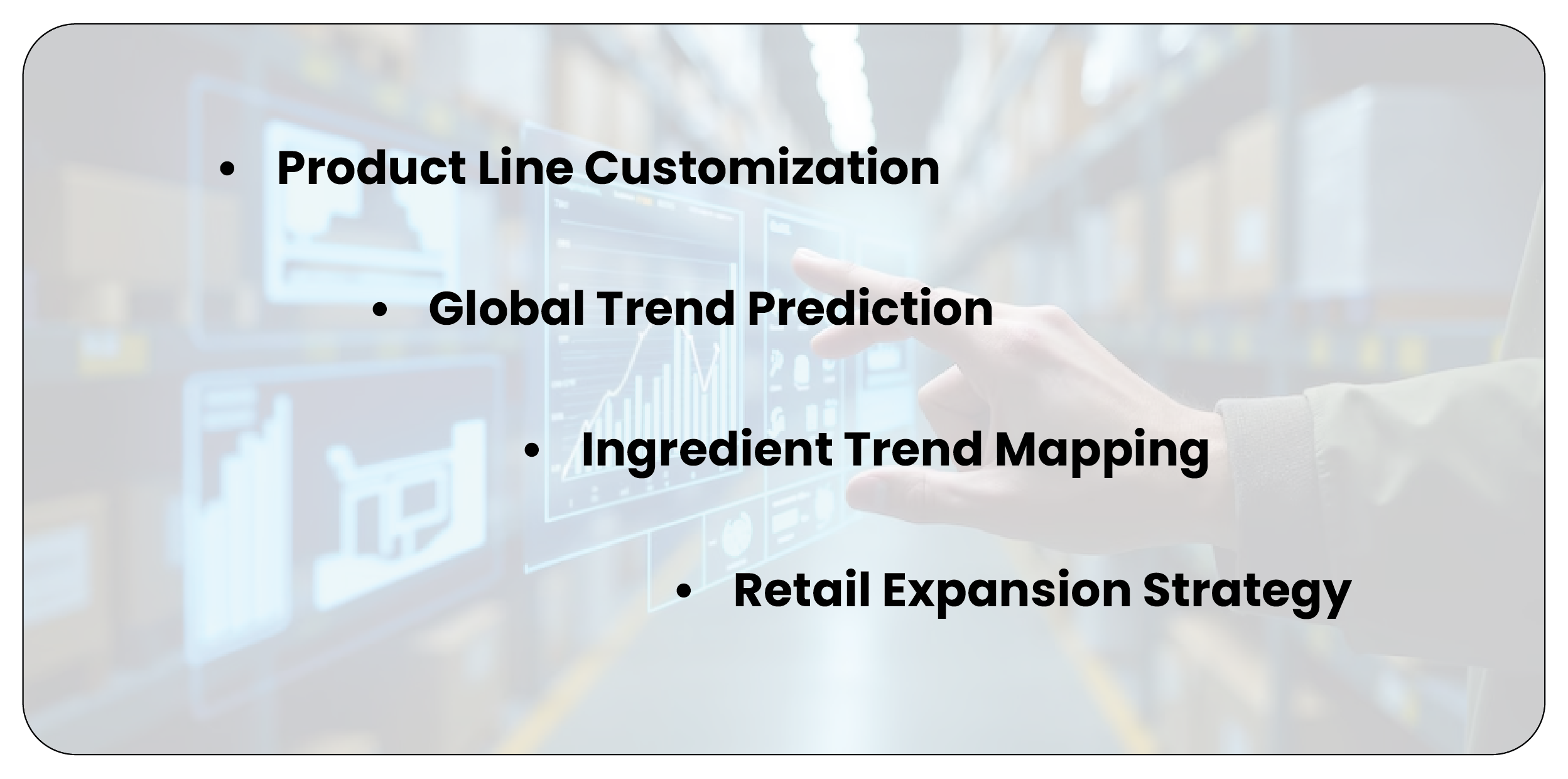
Combining extracted data from the US and Korean beauty markets helps
uncover global and regional trends, enabling companies to create products
that resonate internationally. It supports:
- Product Line Customization: Brands can adjust formulations,
packaging, or positioning based on what resonates in different
regions.
- Global Trend Prediction: Analyzing both markets helps predict what
might become popular globally, such as how sheet masks started in
Korea and swept through the US beauty community.
- Ingredient Trend Mapping: Businesses can evaluate ingredient
popularity, formulation combinations, and consumer sentiment across
markets.
- Retail Expansion Strategy: Identifying which products are
successful in the US vs. Korea can guide retail partnerships, product
launches, and marketing localization.
Industry Use Cases for Extracted Beauty Product Information
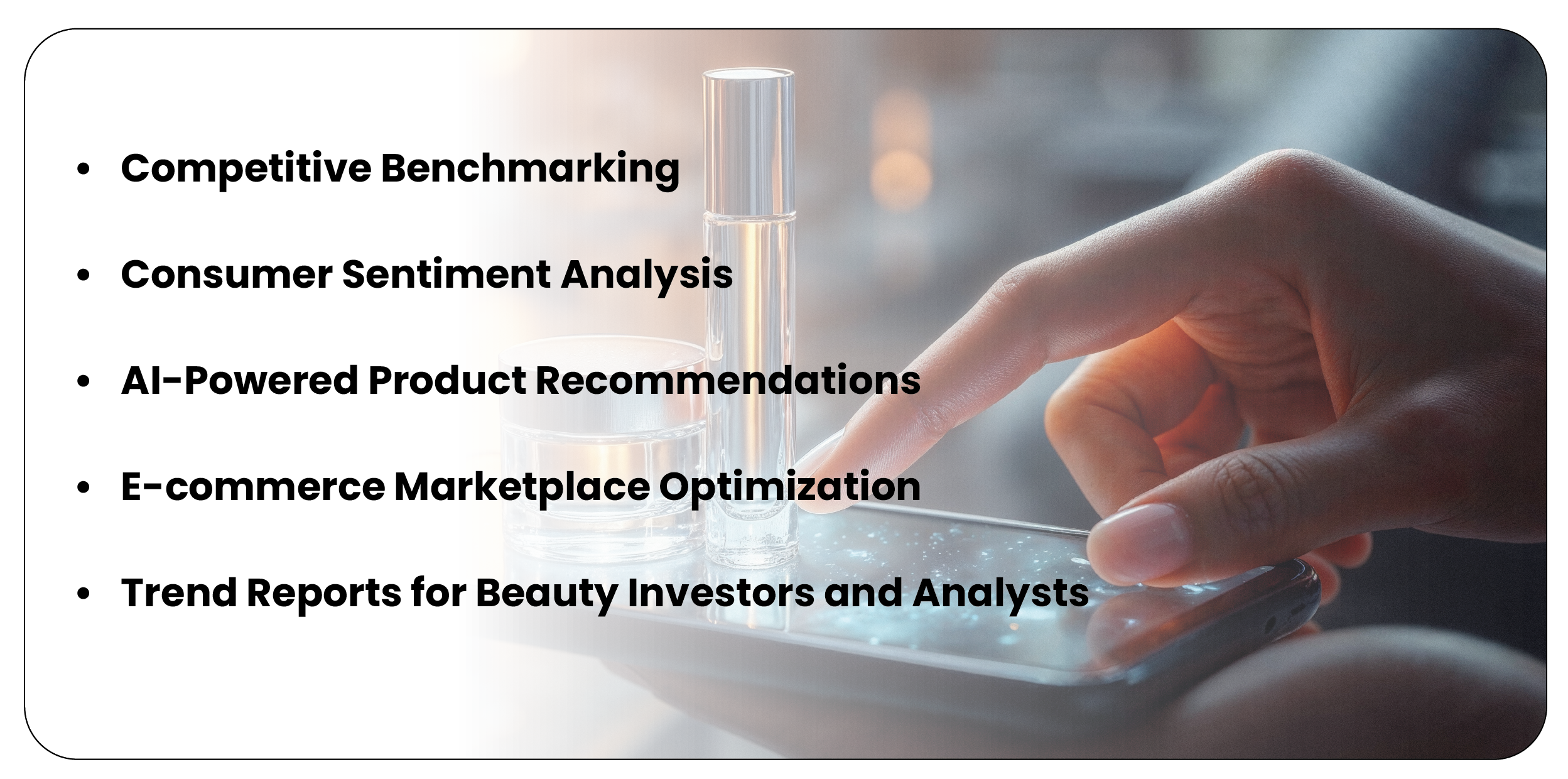
Extracted beauty product information plays a vital role across various
sectors of the beauty industry. From product development to digital
marketing, access to real-time data empowers brands, retailers, and
analysts to make informed decisions. Extract Cosmetics Pricing Data to
help optimize strategies, personalize offerings, and track emerging trends,
making data extraction a cornerstone for innovation and competitive
advantage.
- Competitive Benchmarking: Cosmetic brands and e-commerce
retailers can use extracted datasets to monitor rival product launches,
pricing strategies, and real-time consumer feedback. This fosters
innovation and accelerates the R&D cycle.
- Consumer Sentiment Analysis: Scraping review data and social
media mentions from Sephora US and Olive Young Korea helps
businesses understand what consumers love or dislike. This, in turn,
drives better customer support and product refinement.
- AI-Powered Product Recommendations: Beauty tech startups can
leverage scraped product data and ingredients to power
recommendation engines and skin analysis apps, offering more
accurate product suggestions based on user profiles.
- E-commerce Marketplace Optimization: Marketplaces like
Amazon or YesStyle can enhance their product catalogs by enriching
product descriptions, filtering by skin type or ingredient, and
providing better discovery features using scraped data.
- Trend Reports for Beauty Investors and Analysts: Investors in the
beauty tech and consumer goods space often require monthly or
quarterly data on product performance. Extracted product
information aids in creating in-depth market analysis reports and
future forecasts.
Platforms Ideal for Beauty Data Extraction
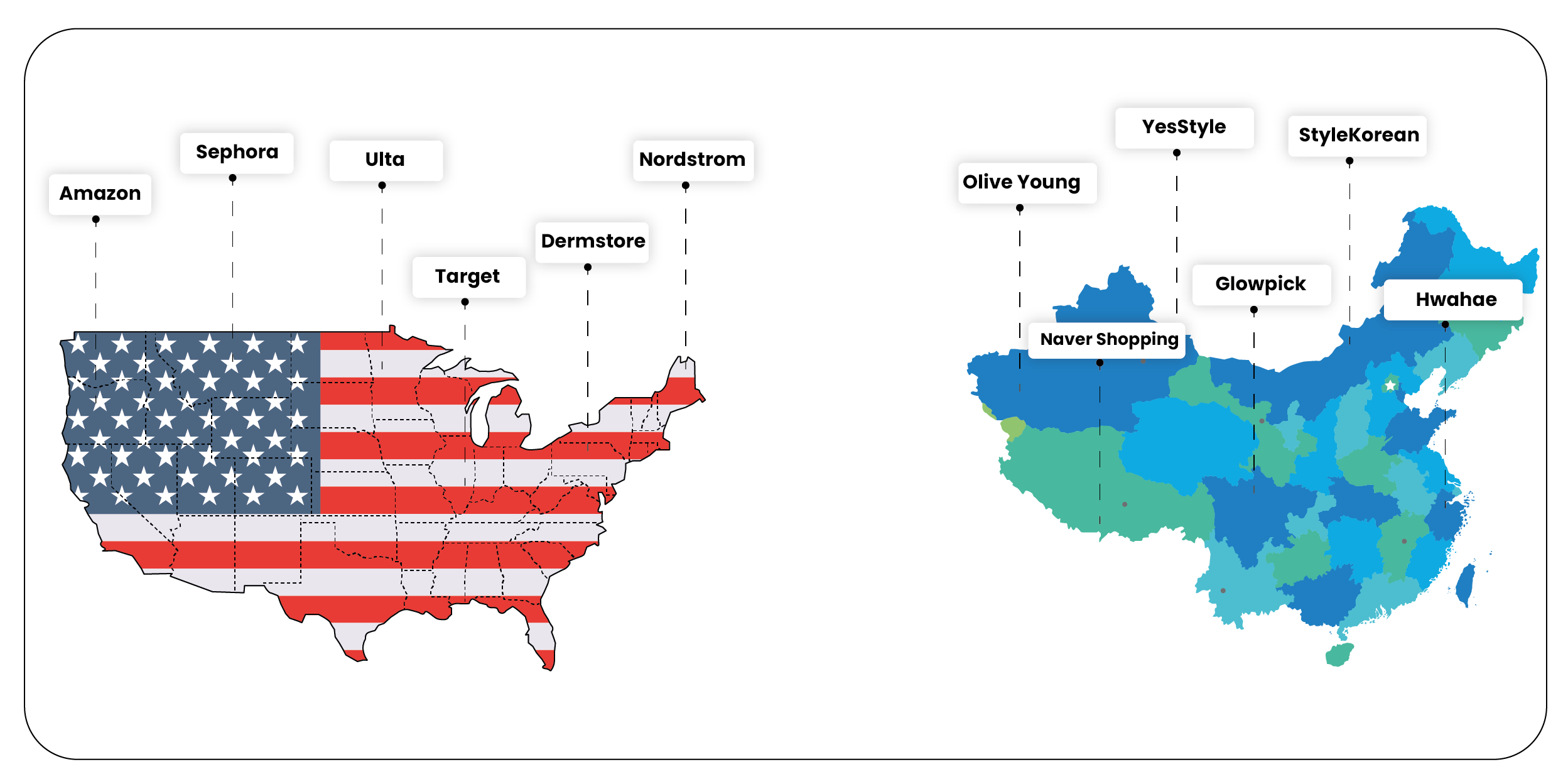
Several platforms provide rich datasets for both US and Korean beauty
products:
- United States: Amazon, Sephora, Ulta, Target, Dermstore,
Nordstrom
- South Korea: Olive Young, YesStyle, StyleKorean, Glowpick,
Hwahae, Naver Shopping
These platforms list beauty products and include extensive user reviews,
ingredient transparency, and brand positioning insights, making them prime
candidates for beauty data scraping.
Supporting Innovation Through Beauty Intelligence

With rapid shifts in consumer behavior, skincare preferences, and ethical
demands, the beauty industry must continually innovate. Extracting beauty
product information from the US and Korean markets equips brands with
the intelligence to lead rather than follow.
Whether it's launching the following viral TikTok skincare product or
identifying an untapped niche, product data fuels innovation, speeds up
time-to-market, and supports agile decision-making.
Unlocking Value with Scalable Data Extraction Services

To harness the full potential of beauty data, businesses can partner with
specialized data providers who offer:
- Scalable Web Scraping Infrastructure
- Real-Time Product Data Feeds
- Custom API Integrations for E-Commerce Platforms
- Compliance with Data Privacy and Website Policies
- Multilingual Data Extraction Capabilities
These services enable consistent and accurate data retrieval from US and
Korean platforms, empowering everything from machine learning
applications to dynamic pricing engines and product recommendation tools.
How Product Data Scrape Can Help You?
- Comprehensive Product Coverage: We extract detailed information on skincare,
makeup, haircare, and personal care items from top US and Korean beauty websites and
e-commerce platforms.
- Real-Time Data Access: Our tools provide up-to-date beauty product data, helping
clients monitor pricing, availability, new launches, and trending ingredients in real time.
- Custom Data Fields: Clients can choose specific data points such as product
descriptions, ingredients, reviews, ratings, images, and brand information tailored to their
business needs.
- Competitive Benchmarking: By scraping competitor and category-level data, we enable
clients to identify gaps, compare products, and adjust their strategies accordingly.
- Scalable and Automated Extraction: Our scalable scraping solutions ensure efficient,
automated data collection at large volumes, saving clients time and manual effort while
ensuring accuracy.
Conclusion
Extracting US and Korean beauty product information opens up a world of
data-rich possibilities for brands, retailers, and analysts across the beauty
spectrum. From tracking consumer sentiment to fueling AI-powered
personalization, Extract Health & Beauty Product Data to drive more
intelligent decisions and greater market agility. As beauty becomes
increasingly digital, Web Scraping Health & Beauty Websites help
uncover insights that influence innovation and strategy. The brands that
succeed will be those who understand not only what’s trending—but why.
Through Beauty & Personal Care Data Scraping, businesses gain a
competitive edge with real-time access to emerging trends, product
features, and consumer behavior—especially from two of the world’s most
dynamic beauty markets.
At Product Data Scrape, we strongly emphasize ethical practices across all
our services,
including Competitor Price Monitoring and Mobile App Data Scraping. Our
commitment to
transparency and integrity is at the heart of everything we do. With a global
presence and a
focus on personalized solutions, we aim to exceed client expectations and
drive success in data
analytics. Our dedication to ethical principles ensures that our operations
are both responsible
and effective.











